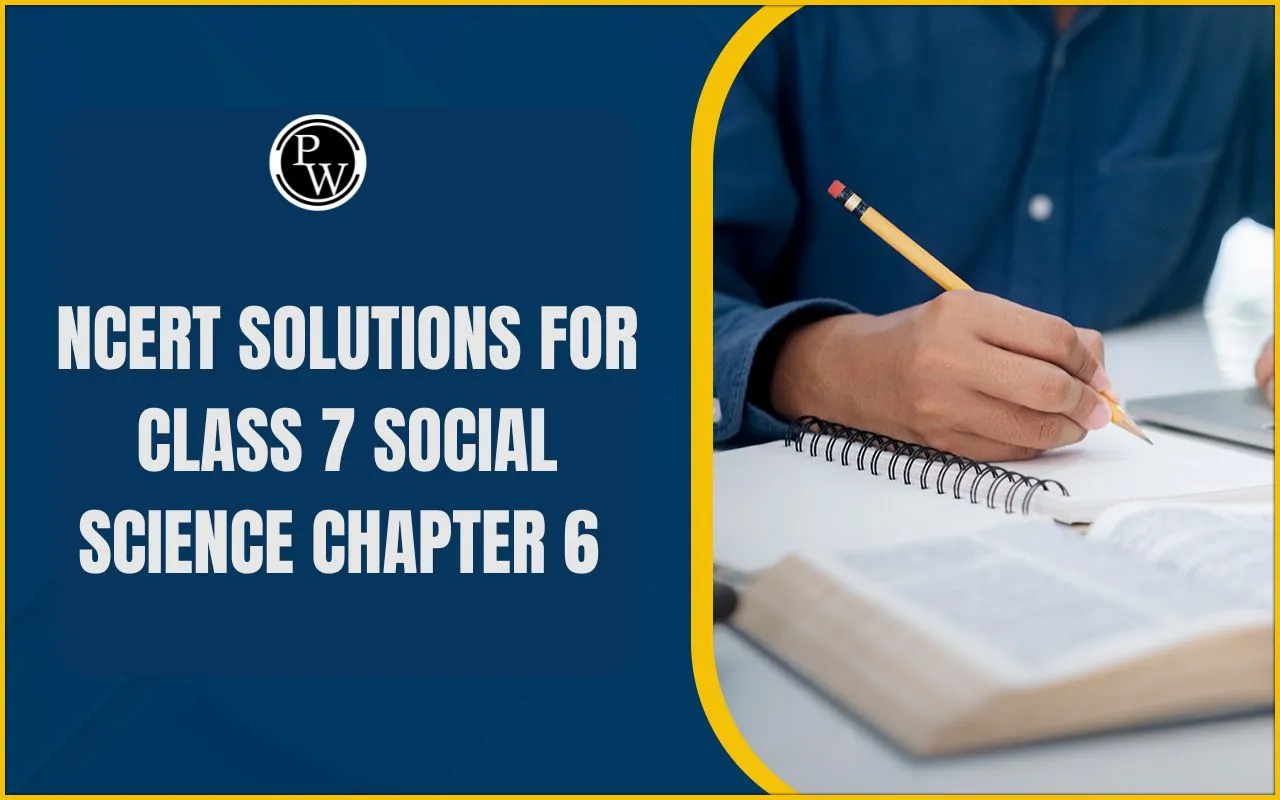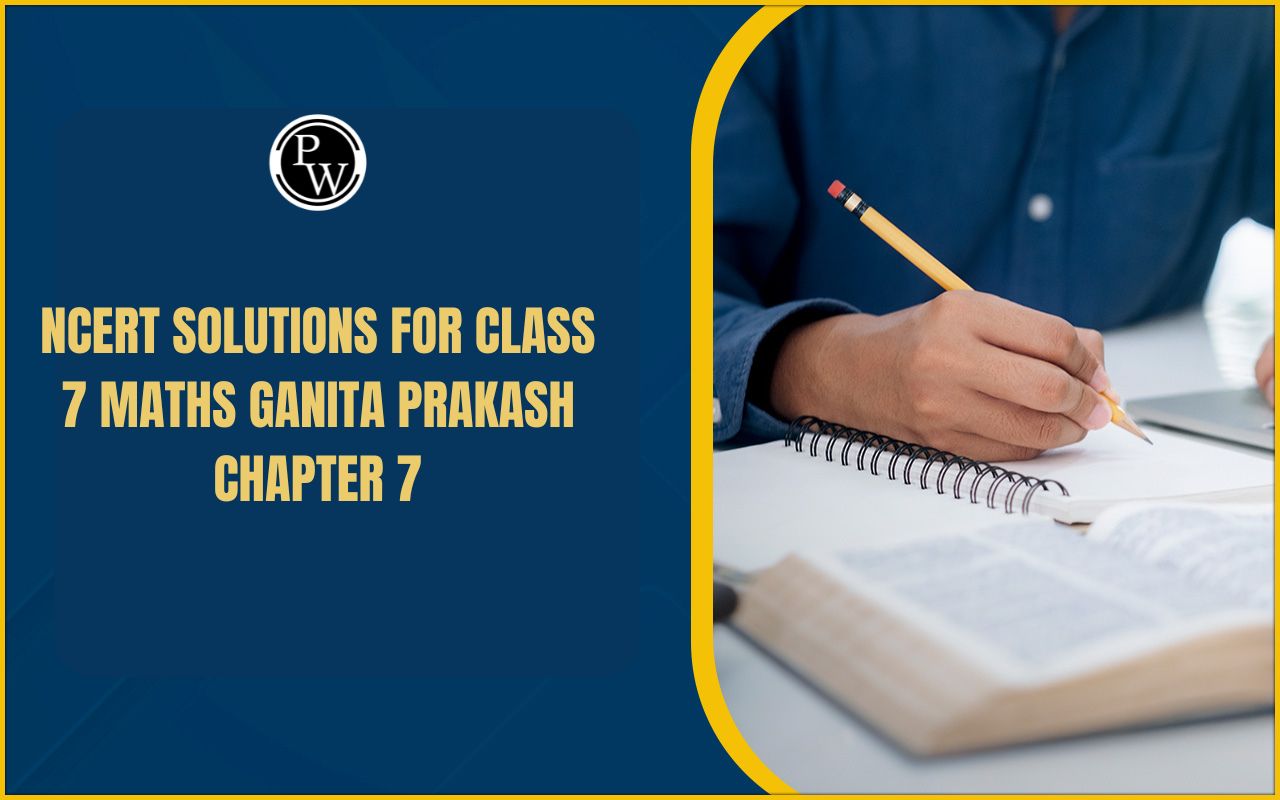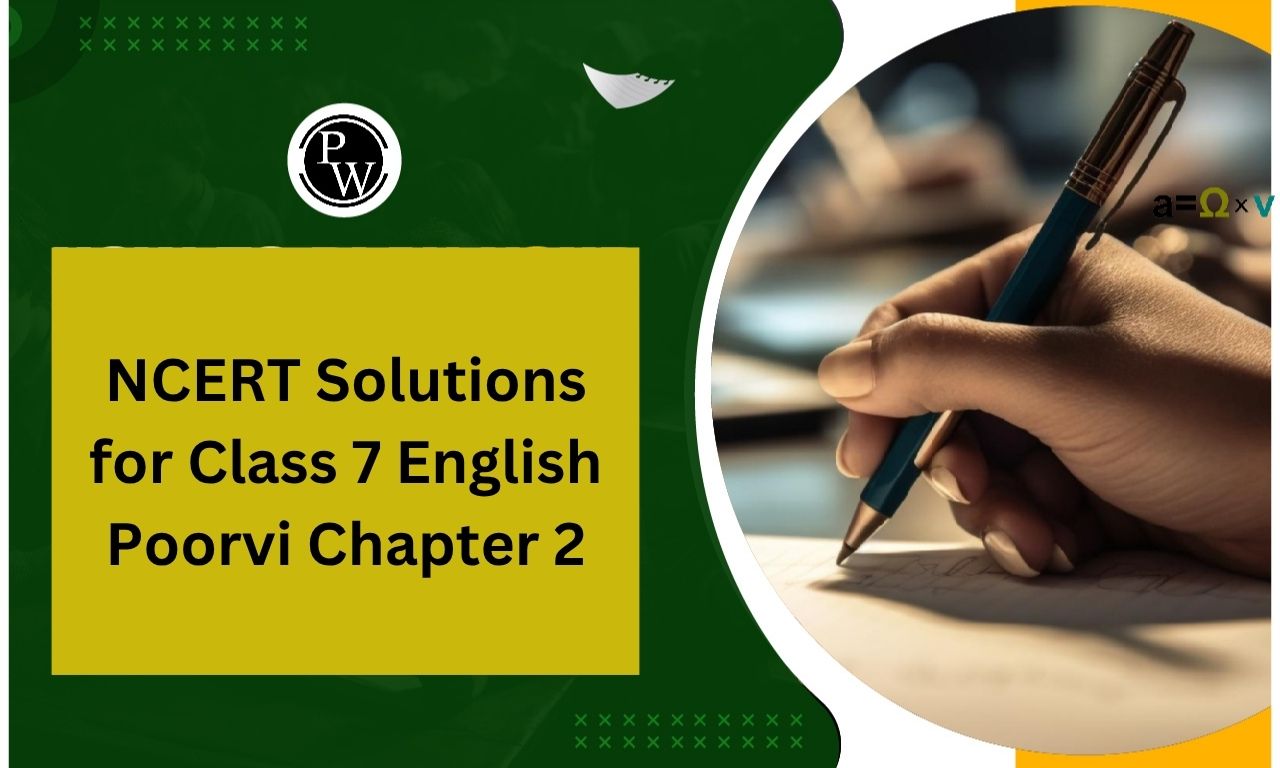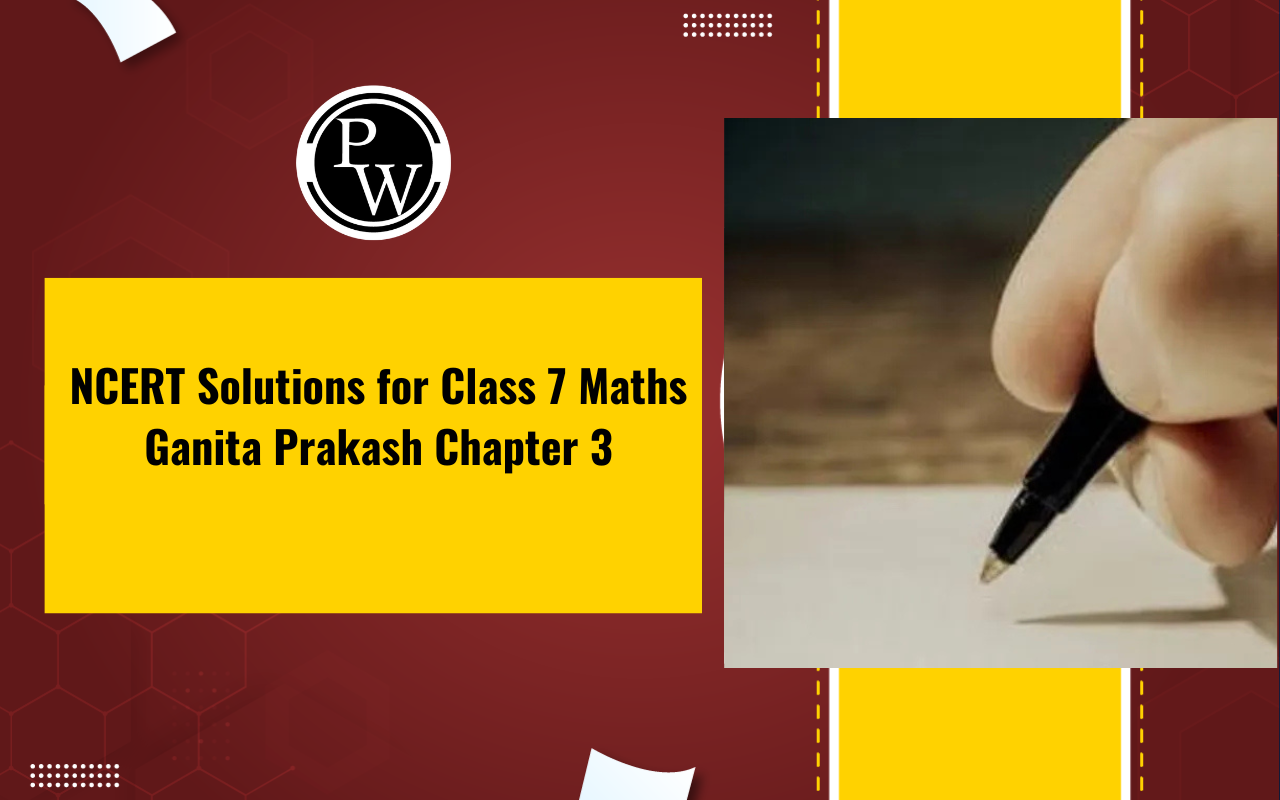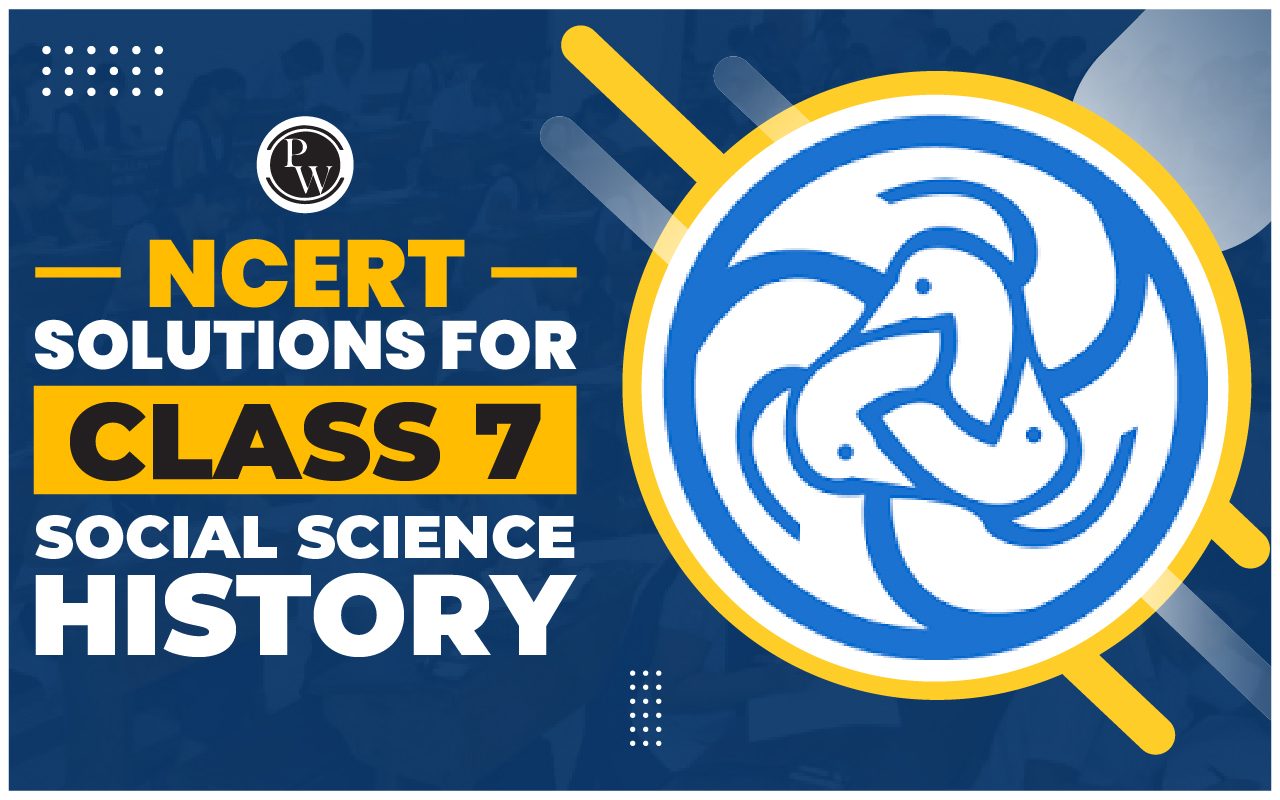
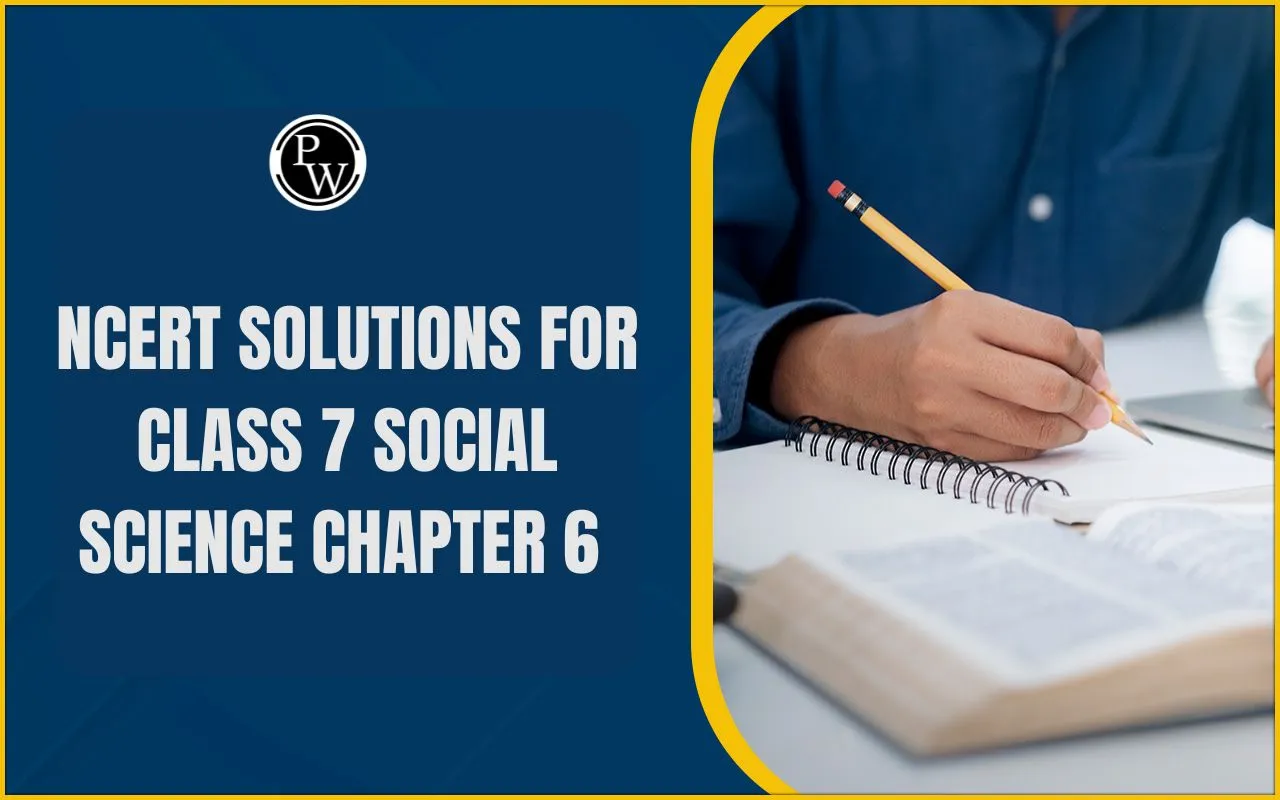
NCERT Solutions for Class 7 Social Science Chapter 6 The Age of Reorganisation is designed to help students study easily and understand the key ideas of the chapter. This period in history explains how India changed after the fall of the Maurya Empire, when new kingdoms like the Shungas, Satavahanas and Kushanas rose to power.
By using these solutions, students can save time during revision, clear doubts quickly, and prepare more effectively for exams.
The Age of Reorganisation Class 7 Social Science
After the decline of the Maurya Empire, India entered a new phase in history, often called the Age of Reorganisation. Instead of one strong empire, many smaller kingdoms emerged in different regions. Dynasties like the Shungas in the north, the Satavahanas in the Deccan and the Kushanas in the northwest started ruling their areas.
This period was marked by important changes. Regional rulers promoted local traditions, supported art and learning and built temples and stupas. Foreign groups like the Indo-Greeks and Shakas also settled in India, adopting Indian culture and blending it with their own. Trade both within India and with other countries, like Rome also grew during this time.
The chapter helps us understand how Indian society reorganized itself politically, culturally and economically after the Maurya rule.
Class 7 Social Science Chapter 6 Question Answer
Below are the The Age of Reorganisation Question Answer. By going through these questions and answers students can clear their concepts, prepare well for exams and revise the important topics quickly.
The Big Questions? (page 117)
Question 1. Why is the period that followed the Maurya Empire sometimes called the ‘Age of Reorganisation’?
Answer:
The period after the Maurya Empire is called the Age of Reorganisation because many smaller kingdoms replaced the large empire. Dynasties like the Shungas in the north the Satavahanas in the Deccan, and the Chedis in Kalinga came to power.
These rulers rebuilt their regions by supporting local traditions setting up their own systems of rule, and encouraging art and culture. This change from one big empire to many regional powers shaped the future course of Indian history.
Question 2. What were the values or principles that guided the emperors of that period?
Answer:
The emperors of this time followed values like religious tolerance, cultural growth, public welfare, and moral conduct. Some rulers supported many faiths such as Jainism, Buddhism, and Vedic traditions, while others revived Sanskrit learning, rituals and art. They also donated to temples, stupas and public works to help people. Leaders like Ashoka stressed living by Dhamma, which meant kindness, righteousness, and good behavior. These principles show that rulers tried to balance political power with ethical and spiritual responsibility.
Question 3. How did foreign invaders assimilate into Indian society and contribute to cultural confluence?
Answer:
Foreign rulers like the Indo Greeks, Shakas and Kushanas slowly became part of Indian society by accepting religions such as Buddhism and Hinduism, marrying into local families, and respecting Indian traditions. They also supported Indian art and architecture, which led to a mix of Greek and Indian styles. Many of them issued coins and inscriptions in Brahmi and other local scripts, helping spread Indian culture. In this way, their presence created a cultural blend where ideas, art, languages and religions from different regions came together with Indian traditions.
Let’s Explore (Page 118)
Question 1. Create a timeline on a sheet of paper, marking the period from the first year of the 2nd century BCE and ending in the last year of the 3rd century CE. How many years does this period cover? As we progress through the chapter, mark the key individuals, kingdoms and events on the timeline.
Answer:
The period from the beginning of the 2nd century BCE to the end of the 3rd century CE covers about 500 years. To complete this activity you need to draw a timeline on paper and mark the important rulers, kingdoms, and events from this chapter, such as the Shungas, Satavahanas, Indo Greeks, Shakas and Kushanas.
Question 2. In the previous chapter, you studied the map of the Maurya empire (see page 100). Below is a map of the post-Maurya period. How many kingdoms can you count in the area that were previously under the control of the Maurya empire? (page 120)
Answer:
After the fall of the Maurya Empire, its huge area got divided into many smaller kingdoms. From the map, we can see about seven main kingdoms that came up in its place. These were: the Shungas in the north, the Satavahanas in the Deccan, the Indo-Greeks and Shakas in the northwest the Kushanas in north India and in the far south the Pandyas, Cholas, and Cheres (Chera).
Question 3. Below is a panel from the Bharhut Stupa. Look at the two figures on the right. What are they doing? Can you guess their profession? Notice their attire. What does this tell us about them? List other details that you notice in the panel and discuss your findings in class. (page 124)
Answer:
The two figures on the right seem to be sculptors or artisans. They look like they are carving with tools, which shows their profession. Their simple clothes tell us they were common working people, not rich. From the panel we can also see details like their posture while working and the design of the stupa which shows how carefully such monuments were made by skilled workers.
Question 4. Look closely at the pictures in the collage (given below). In a note, write down your observations on the clothes, the jewellery, and other objects of daily use. (page 125)
Answer:
Clothes: People are shown wearing dhotis, tunics, shawls and turbans. The fabric looks fine, showing good textile skills.
Jewellery: Both men and women wear necklaces, earrings, bangles and armlets. The designs are detailed, showing wealth and skilled craftsmanship.
Objects of daily use: We see pots, jars, combs, mirrors, scrolls and musical instruments. These show daily life, learning, and entertainment.
Question 5. What do you think might have been the meaning of having deities like Vasudeva-Krishna or Lakshmi on some Tndo-Greek coins? (page 135)
Answer:
Having deities like Vasudeva-Krishna or Lakshmi on Indo-Greek coins shows that foreign rulers were trying to connect with Indian people. By using local gods, they gained respect showed acceptance of Indian traditions, and made themselves look like rightful rulers. It also reflects the blending of Greek and Indian cultures during that time.
Question 6. Carefully observe this massive statue (1.85 m high) and notice the clothing, weapon, and footwear. What does it tell us about this figure? (page 136)
Answer:
The statue, being very tall (1.85 m), represents someone important, like a king, warrior, or divine figure. The detailed clothing shows royal or elite status. The weapon indicates strength, protection, or authority, while the footwear suggests high rank and mobility, possibly for battles. Overall the statue depicts a powerful and respected person admired by the people of that time.
Question 7. Observe the coins carefully. Who, besides the emperor, appears on the coin? (page 136)
Answer:
On the first coin, besides Emperor Kanishka, Buddha is shown on the other side, with Greek inscriptions. On the second coin, the emperor is on one side and Shiva with his bull Nandi appears on the other. These coins show how rulers included important religious figures alongside themselves.
Question 8. Now that you are familiar with the basic characteristics of the Mathura and Gandhara styles of art, study the pictures of artefacts given in Fig. 6.27 and try to identify which school of art each artefact belongs to. Write your observations with justifications. (page 140)
Answer:
Artefacts 1, 2 and 6 belong to the Gandhara School of Art, which shows strong Greek or Roman influence, like wavy hair, realistic clothes, and lifelike features. These were common in northwest India. Artefacts 3, 4 and 5 belong to the Mathura School of Art which is simpler, less realistic and focuses more on showing divinity than on lifelike details.
Think About It
Question 1. What, according to you, could the tradition of using the mother’s name at the beginning of a king’s name signify? (page 126)
Answer:
Using the mother’s name at the start of a king’s name shows that mothers were respected and important in society. It may also indicate the influence of royal women in politics and help prove the king legitimacy if the mother came from a strong family. This tradition also honored the mother’s role in shaping the ruler and sometimes had religious or symbolic significance.
Question 2. In the series of numerals given below, which ones look somewhat like our modem numerals? Which ones don’t? (page 126)
Answer:
In the series of ancient Indian numerals, some symbols look similar to the numerals we use today, while others look quite different.
-
Numerals that are somewhat like modern ones:
The symbol for 1 looks very much like the modern number 1. In some scripts, the symbol for 2 also resembles our current 2 though it may be slightly curved or bent. -
Numerals that are different from modern ones:
Numbers from 4 to 9 appear quite different from what we use today. They have unique, stylized shapes and are more symbolic in appearance. These differences show how numerals evolved over time into the modern system we use now.
Question 3. This sculpture of a yaksha from Pitalkhora carries an inscription on its hand, “kanhadasena hiramakarena kata,” meaning ‘made by Kanahadasa, a goldsmith’. Is it not interesting to see that a goldsmith could also craft a sculpture made of stone? What do you think this tells us about people’s professions at the time? (page 127)
Answer:
The Yaksha sculpture from Pitalkhora shows that Kanahadasa, a goldsmith, could also carve stone, which is very interesting. This tells us that people in ancient times often had multiple skills and did not stick to just one trade. Unlike today, where jobs are highly specialized, a person could work in different areas—like a goldsmith also making stone sculptures. This shows that art, craft and practical work were closely connected, and people were versatile and creative. Skills from one craft could be applied to another, and the boundaries between different types of work were not strict.
Question 4. Notice the regularity of the rock-cut chambers sculpted nearly two millennia ago. How did artisans achieve such precision with just a chisel and a hammer? Picture yourself as a sculptor in that era, shaping stone into art with your own hands. What tools would you use? (page 129)
Answer:
The rock-cut chambers made nearly 2,000 years ago show the amazing skill, patience, and experience of ancient artisans. Even with just simple tools like chisels and hammers they created symmetrical and well-proportioned structures entirely by hand.
Artisans knew very well how to use their tools. Their skills were passed down through generations, and they trained for years to achieve precision. By constant practice they could measure and carve accurately by eye. Large projects were usually done by teams of skilled workers under the guidance of experienced supervisors or master sculptors.
If I were a sculptor in that era, I would use:
-
Chisels of different sizes for fine and broad carving.
-
Hammers made of stone or iron to strike the chisels.
-
Pickaxes for removing large chunks of rock.
-
Measuring cords or sticks to maintain symmetry.
-
Abrasives to polish the stone surface.
-
Oil lamps or torches to light up the caves while working.
Question 5. In the map given below, you may notice different symbols alongside the names of the kingdoms. What do these symbols represent? Think about how they highlight the unique identities of the kingdoms. (page 129)
Answer:
The symbols on the map next to the names of kingdoms represent unique emblems or icons of each kingdom. These symbols could be:
-
Animals like tigers, elephants, or fish which acted as royal symbols or represented the ruling dynasty.
-
Objects like bows, drums, or scepters showing the kingdom power, military strength or cultural traditions.
-
Natural elements like mountains or trees, which could indicate sacred sites or important heritage.
These symbols highlight the distinct identity of each kingdom in several ways:
-
They show the political or military strength, for example a tiger might symbolize courage and authority.
-
Some symbols are connected to religious beliefs, myths or legends of the rulers.
-
They reflect the cultural pride and uniqueness of each kingdom.
-
These symbols acted like early flags or logos, helping people easily recognize a kingdom territory or influence on maps and inscriptions.
Question 6. Observe the statue of the king. How is he depicted? What do his posture, clothing, and expression say about his power and status? (page 132)
Answer:
The statue of King Karikala shows him as a strong and powerful ruler. His upright and commanding posture reflects authority, leadership, and confidence. The broad chest and firm stance indicate courage and physical strength qualities that were highly admired in kings.
He is dressed in traditional royal attire, including ornaments and possibly a crown or headgear, showing his high status and royal heritage. His facial expression is calm but determined, suggesting wisdom, control and dignity.
The detailed sculpture highlights the king’s heroism and grandeur showing that he was a respected ruler who accomplished significant feats and inspired his people.
NCERT The Age of Reorganisation Question Answers Class 7 PDF Download
Students can download the The Age of Reorganisation Class 7 in PDF format from the link below.This PDF provides detailed answers for all in text and exercise questions helping students study effectively, revise quickly and prepare well for exams.
NCERT Solutions for Class 7 Social Science Chapter 6
Study without using the internet
Benefits of Using NCERT Solutions for Class 7 Social Science Chapter 6
Here are the Benefits of Using NCERT Solutions for Class 7 Social Science Chapter 6 The Age of Reorganisation.
-
Helps students clearly understand key events, kingdoms, rulers and cultural developments during the post-Maurya period.
-
Students can revise major kingdoms, dynasties, art, coins and inscriptions quickly, which improves exam performance.
-
Solving in-text and exercise questions familiarizes students with the types of questions commonly asked in exams.
-
Studying the rise of regional powers, foreign influence and cultural assimilation enhances critical thinking and understanding of historical patterns.
-
Helps students relate historical events to today's cultural and social structures, building a strong foundation for future studies in history and social science.
-
Working through exercises and illustrations develops better time management and preparation for exams.
NCERT Solutions for Class 7 Social Science Chapter 6 FAQs
What is the main focus of Chapter 6 The Age of Reorganisation?
Which key topics are covered in the solutions?
Can these solutions help in exam preparation?
Are the solutions helpful for understanding the art and culture of the period?

